
What’s the deal with prostate enlargement?
The prostate is the male gland that produces the liquid where sperms are carried. It is located between the penis and the bladder. With age, the prostate tends to enlarge due to hormonal changes. It is known that more than 50% of men over 60 suffer from prostate enlargement. The problem with this condition is that an enlarged prostate puts pressure on the bladder and the tube that transports the urine, called the urethra. If this happens, men can face difficulties to urinate and to empty the bladder. Prostate enlargement has also been linked to a higher risk of prostate cancer, however, there is no scientific evidence confirming this.
- Important notification about information and brand names used in this slideshow!
- Photo courtesy of Alan Hoofring by Wikimedia Commons : commons.wikimedia.org/wiki/File:Prostate_(normal_and_enlarged).jpg
- www.rxlist.com/enlarged_prostate_bph_slideshow_pictures/article.htm
- http://www.nlm.nih.gov/medlineplus/ency/article/000381.htm
- http://www.nhs.uk/conditions/Prostate-enlargement/Pages/Introduction.aspx
- http://prostatecanceruk.org/information/enlarged-prostate
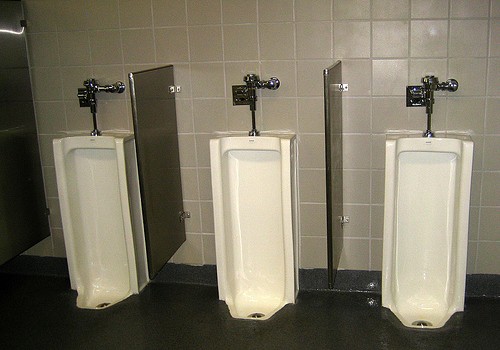
Symptoms: Difficulty or inability to urinate
Prostate enlargement does not happen at the same extent in all men affected by this problem. Sometimes, the prostate can swell enough to completely obstruct the urethra, which is the conduct that connects the bladder to the penis. As you can imagine, when the urethra is partially or completely obstructed, the urine can no longer pass through it. This means that men struggle to urinate or can’t urinate at all. Pain, hematuria, or blood in the urine, and bacterial infections are the main consequences of this problem. The fact that the urine stays longer than normal in the bladder is also related to kidney problems.
- Important notification about information and brand names used in this slideshow!
- Photo courtesy of Ron by Flickr : www.flickr.com/photos/ronslog/316052411/
- www.nhs.uk/Conditions/Prostate-enlargement/Pages/Symptoms.aspx
- http://prostatecanceruk.org/media/41599/enlarged_prostate_booklet.pdf
- http://www.malehealthcenter.com/c_enlarge.html

Symptoms: Frequent urination
It is common for men with an enlarged prostate problem to feel the need of urinating constantly. They even wake up several times in the middle of the night to urinate, which can be really annoying. Why does this happen? When the prostate gets larger, it presses the bladder and the urethra, reducing their capacity to contain urine. In simpler words, the bladder fills up with a smaller volume of urine and has to send the signal to the brain telling that it is time to go to the toilet, even when it can normally hold a greater volume of liquid.
- Important notification about information and brand names used in this slideshow!
- Photo courtesy of k.ivoutin by Flickr : www.flickr.com/photos/ivoutin/1353951334/
- www.nhs.uk/Conditions/Prostate-enlargement/Pages/Symptoms.aspx
- http://prostatecanceruk.org/media/41599/enlarged_prostate_booklet.pdf
- http://www.malehealthcenter.com/c_enlarge.html
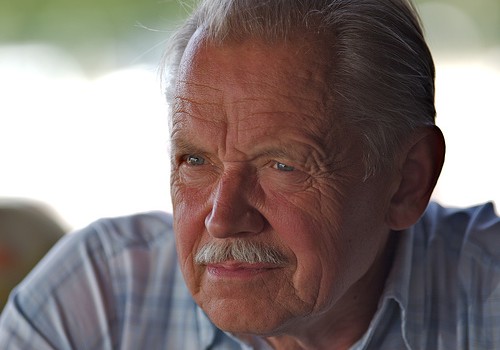
Are you at risk?
The percentage of men that experience prostate enlargement is very high, especially in those patients over the age of 50. It can even be considered a normal process. It is important though, to be aware of the symptoms, because this problem can easily go from mild to severe. The risk of having prostate enlargement increases if there is a history of the disease in the family. If your dad or granddad also had prostate problems you are more likely to have them too. Also, there is a link between origin and prostate enlargement risk: men from America and Australia have more risk of developing prostate enlargement than Chinese, Japanese or Indian men.
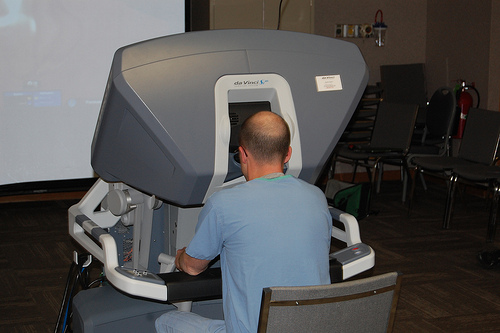
Blame the hormones
What causes prostate enlargement? It is still not understood why prostate tends to swell with aging. Some studies suggest that it is due to the hormonal changes that men experience at a certain age, but many other factors might be involved in this process. The main hormone that could be promoting prostate enlargement is known as dihydrotestosterone (DHT). Testosterone and estrogens may also be playing an important role in prostate enlargement. As men get older, the levels of testosterone decrease, compared to the levels of estrogen. This situation may also be promoting prostate enlargement.
- Important notification about information and brand names used in this slideshow!
- Photo courtesy of Urology San Antonio by Flickr : www.flickr.com/photos/urologysa/8653170337/
- www.nhs.uk/Conditions/Prostate-enlargement/Pages/Causes.aspx
- http://prostatecanceruk.org/media/41599/enlarged_prostate_booklet.pdf
- http://www.mayoclinic.com/health/prostate-gland-enlargement/DS00027/DSECTION=causes
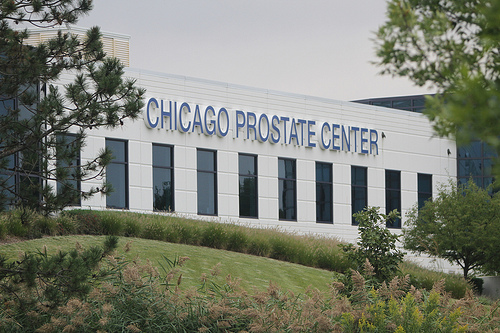
Diagnosing prostate enlargement
Be alert to the symptoms. If you have experienced any of them it is advisable for you to visit your doctor. The diagnosis can be quite scary for men, as it involves a rectal examination, however, urologists are health professionals that specialize in this type of problems and have the experience to conduct this test. A urine test is also required because it gives information regarding any urine infections or renal problems that might be caused by prostate enlargement. An element present in the blood can also help in the diagnosis. This element, known as prostate-specific antigen (PSA), is produced by the prostate and its levels increase when the prostate increases in size.
- Important notification about information and brand names used in this slideshow!
- Photo courtesy of Eric Schmuttenmaer by Flickr : www.flickr.com/photos/akeg/9700019629/
- www.mayoclinic.com/health/prostate-gland-enlargement/DS00027/DSECTION=tests-and-diagnosis
- http://www.malehealthcenter.com/c_enlarge.html
- http://www.nhs.uk/Conditions/Prostate-enlargement/Pages/Diagnosis.aspx
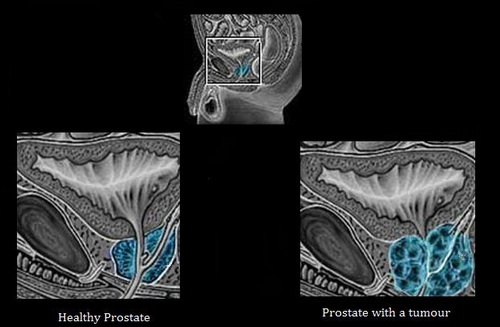
Prostate cancer and BPH, not the same thing
BPH stands for benign prostatic hyperplasia and it is the medical term used for prostate enlargement. In both cases, changes in the size of prostate are caused by an increase in the number of cells. BPH, however, is basically a non-cancerous enlargement of the organ. Prostate cancer, on the other hand, is caused by an incontrollable increase in the number of cells and its inability to die, as normal cells do. The problem with this is that abnormal cells can propagate from the prostate to other organs, especially to the spinal cord and pelvis, causing damage in this organs as well.
- Important notification about information and brand names used in this slideshow!
- Photo courtesy of BQmUB2012102 by Wikimedia Commons : en.wikipedia.org/wiki/File:Prostate_Cancer.jpg
- www.pcf.org/site/c.leJRIROrEpH/b.5802045/k.6D36/What_Is_Prostate_Cancer.htm
- http://prostatecanceruk.org/media/41599/enlarged_prostate_booklet.pdf
- http://www.mayoclinic.com/health/prostate-cancer/DS00043
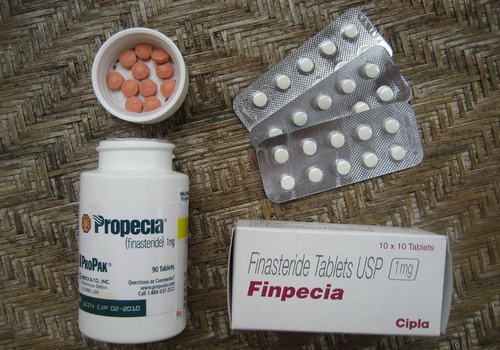
Medical treatment for prostate enlargement
The treatment for prostate enlargement depends mainly in how severe the problem is. “Watchful waiting” is a term used by doctors when the patient is experiencing mild symptoms. These patients only require regular check-ups to make sure the prostate is not getting bigger with time. Lifestyle changes and medication also help improve the symptomatology. For example, patients are advised not to drink any liquids one or two hours before going to bed. Finasteride and dutasteride are medications used to block the effects of hormones over the prostate size and alpha blockers are prescribed to relax the bladder and make it easier for patients to urinate.
- Important notification about information and brand names used in this slideshow!
- Photo courtesy of Nick Gray by Wikimedia Commons : en.wikipedia.org/wiki/File:Finpecia_from_India_is_Cheap_Propecia.jpg
- www.nhs.uk/Conditions/Prostate-enlargement/Pages/Treatment.aspx
- http://www.mayoclinic.com/health/prostate-cancer/DS00043/DSECTION=treatments-and-drugs
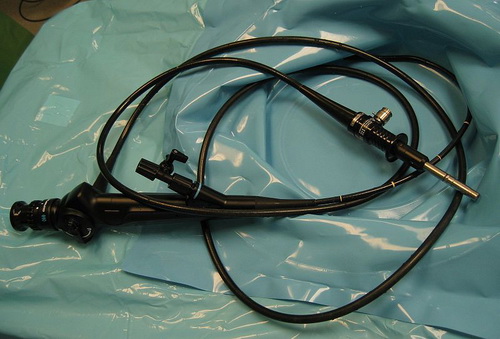
New treatments: TUNA and TUMT
Microwaves are not only useful for heating food. Transurethral microwave thermotherapy, or TUMT, is a non-invasive treatment for prostate enlargement that uses microwaves to get rid of the prostatic tissue that is causing trouble. Heat coming from microwaves burns the altered tissue and reduces the pressure that prostate exerts over the bladder and urethra. TUNA is another non-invasive technique used to treat prostate enlargement. It stands for transurethral needle ablation and consists in the use of radio frequency energy to destroy abnormal tissue in the prostate. TUNA uses two electrodes that are placed inside the prostate, through the urethra, which heat the abnormal tissue to 70-100 ºC in order to get rid of it.
- Important notification about information and brand names used in this slideshow!
- Photo courtesy of MykReeve by Wikimedia Commons : en.wikipedia.org/wiki/File:Cystoscope-med-20050425.jpg
- www.healthcommunities.com/bph-enlarged-prostate/microwave.shtml
- http://www.healthcommunities.com/bph-enlarged-prostate/tuna.shtml
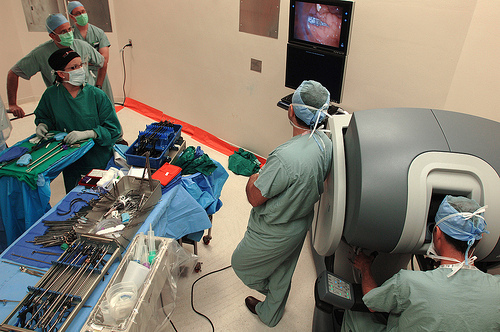
Surgical treatment
Surgery is the last option for patients that haven’t responded to medication or non-surgical treatment. The most common surgical technique for prostate enlargement is called trans-urethral resection of the prostate (TURP). As it name suggests, the doctor puts a special scope into the urethra and removes the damaged tissue with cutting tools. Another one, open prostatectomy, is performed when the enlargement of the organ is severe. For this, the doctor makes an incision in the lower abdomen to reach the prostate and remove the affected tissue. This last technique is note very common nowadays, as it has been replaced by simpler procedures.
- Important notification about information and brand names used in this slideshow!
- Photo courtesy of MilitaryHealth by Flickr : www.flickr.com/photos/militaryhealth/7782846432/
- www.mayoclinic.com/health/prostate-gland-enlargement/DS00027/DSECTION=treatments-and-drugs
- http://www.nhs.uk/Conditions/Prostate-enlargement/Pages/Treatment.aspx


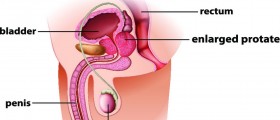





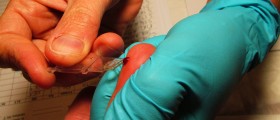
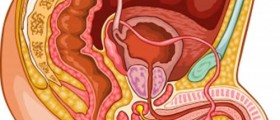
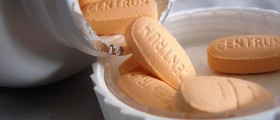



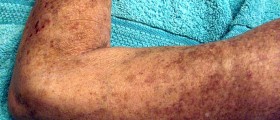

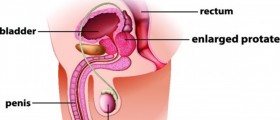
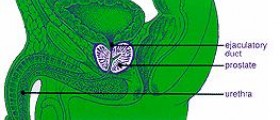
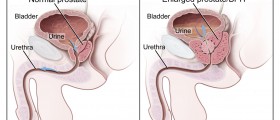
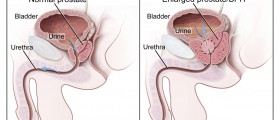
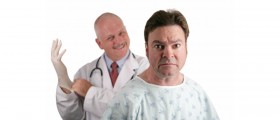
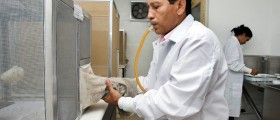
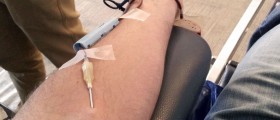



Your thoughts on this
Loading...